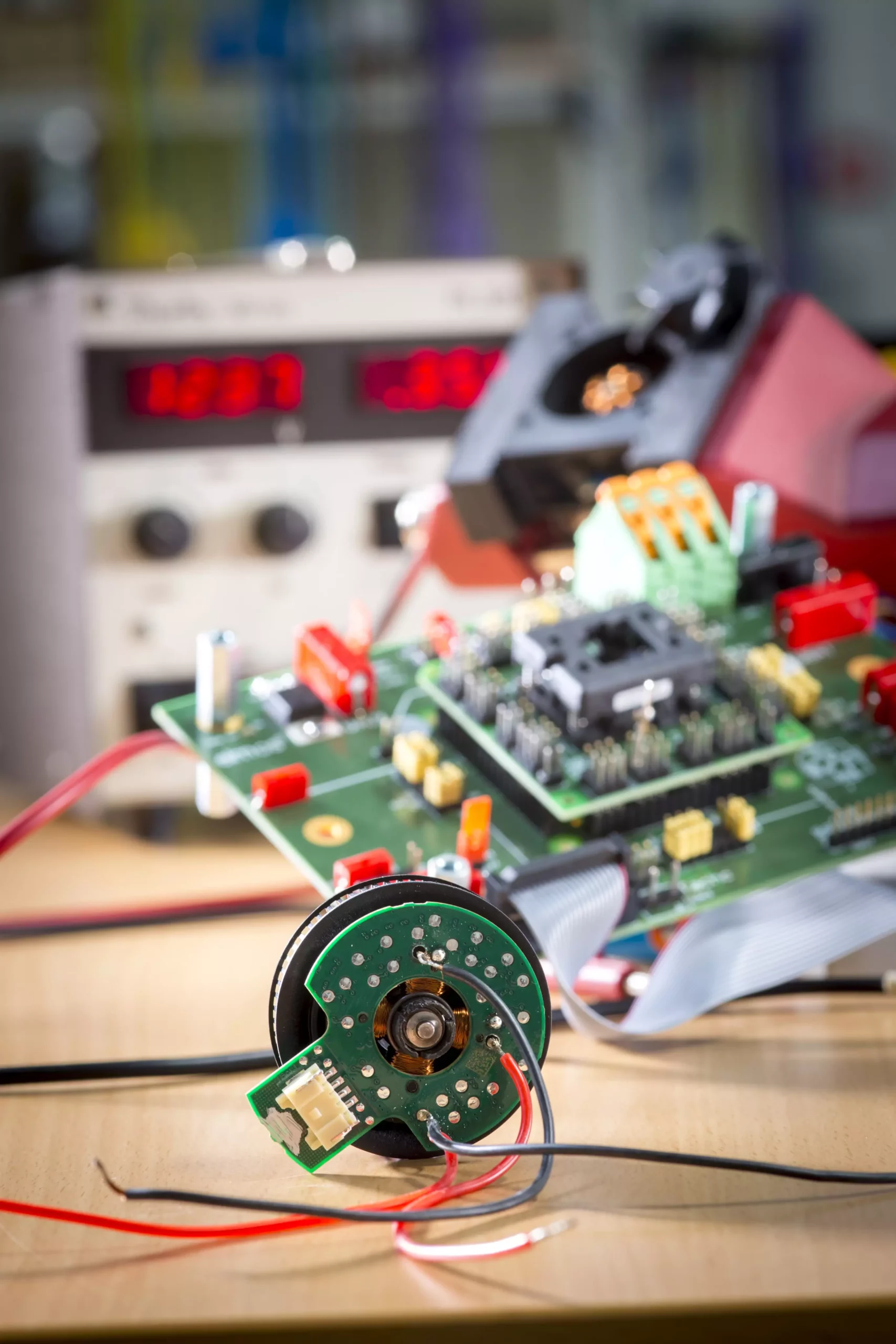Small electric motors are integral components of modern life, powering a myriad of devices ranging from household appliances to automotive systems. From turning the fans in residential heating systems to driving the pumps in advanced automotive cooling mechanisms, these motors provide essential functions. Individually, their energy consumption may seem negligible; however, when aggregated across various applications, the potential for energy savings becomes significant. The ongoing advancements in this technology are pivotal, as they can contribute to reducing carbon footprints and enhancing the sustainability of both consumer products and industrial systems.
A recent endeavor in the realm of electric motor technology was spearheaded by the research team of the “CD Laboratory for Brushless Drives for Pump and Fan Applications,” led by Annette Mütze at Graz University of Technology. The laboratory’s primary objective was to enhance the performance of brushless integrated drives, thereby capitalizing on their energy savings potential. By focusing on innovative designs and manufacturing techniques, Mütze’s team achieved significant advancements in motor performance, resulting in devices that consume less power, exhibit lower operational noise, and are lighter than prior iterations.
Addressing Noise and Efficiency Challenges
One of the notable issues in small motors is the unwanted “cogging torque.” This phenomenon causes motors to produce vibrations during operation, leading to noise and inefficiency. Mütze’s research team tackled this problem innovatively by skewing and slotting the motor’s claws—design features that significantly mitigate cogging torque without incurring additional costs. This modification has reportedly led to a 70% reduction in an important source of noise, resulting in a much smoother and quieter operation.
Additionally, the team has addressed efficiency challenges traditionally associated with pulse width modulation (PWM), a common technique for current regulation in motors. PWM typically necessitates multiple switching operations, leading to increased energy loss. By developing a new method that only requires a single switch on and off per desired current value, Mütze’s team has managed to notably decrease these switching losses. This enhances overall motor efficiency, particularly at lower operational currents, thereby outpacing conventional PWM-controlled competitors.
Cost Reduction Through Innovative Design
Beyond improving energy efficiency, the innovations implemented in Mütze’s study also promise substantial cost savings. The simplified regulation technique reduces the number of necessary capacitors on the circuit boards, slashing material costs in the production process. This not only supports economic viability but also encourages manufacturers to adopt these improved motor systems, further promoting widespread environmental benefits.
The integration of PCB (printed circuit board) technology into motor design represents another key innovation. This method allows for the windings that generate the required magnetic fields to be crafted directly onto the circuit boards, facilitating a high level of automation in manufacturing. Enhancing this approach, the team incorporated 3D-printed ferrite cores within the PCB motors, optimizing magnetic flux guidance. These ferrite-based magnets are more cost-effective than their predecessors, making it easier for manufacturers to produce efficient motors without compromising on performance.
The findings and innovations introduced by Mütze’s team signal a transformative phase for electric motors and their applications. As we move toward a future that emphasizes energy conservation and sustainability, the integration of refined design practices, advanced manufacturing processes, and novel control strategies will likely redefine the efficiency metrics of small electric motors. The implications are profound, promising not only enhanced performance in household and industrial applications but also contributing to broader efforts in energy savings and environmental stewardship.
Advancements in small electric motor design herald a new era of efficiency and sustainability. With the continuous evolution of technology, the prospects for further reducing energy consumption and operational noise will continue to grow, making these innovations vital for both manufacturers and consumers alike. The importance of such research extends beyond engineering—it’s a step toward a greener, more efficient future.

